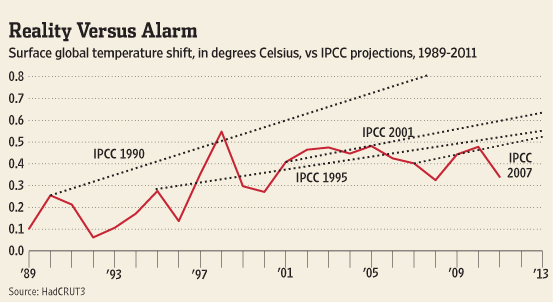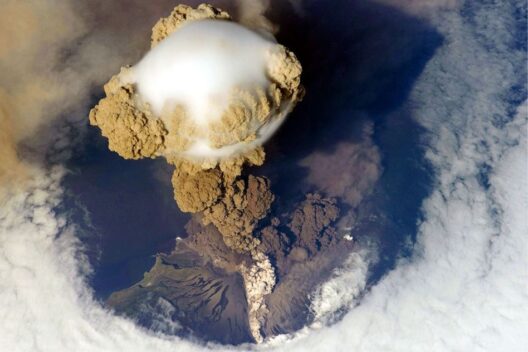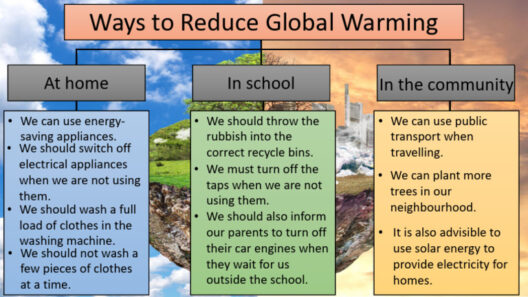As climate change continues to dominate global discourse, a tantalizing question arises: does 90% of scientists realmente agree on global warming? This inquiry invites not only an examination of the scientific consensus but also an exploration of how public perception interacts with empirical evidence. At the crux of this dialogue lies the understanding that climate change is not merely an environmental phenomenon; it is an intricate tapestry woven from energy policies, economic incentives, and social responsibilities.
To embark on this investigation, it is vital to delineate what is meant by “consensus” in the scientific community. The term suggests a general agreement among experts based on rigorous research and peer-reviewed studies. Numerous surveys and analyses encompassing thousands of scientific papers reveal a substantial alignment among climate scientists regarding anthropogenic—human-caused—global warming. Prominent studies indicate that approximately 97% of climate scientists, as articulated in various peer-reviewed articles, endorse the idea that human activities are significantly contributing to the warming of our planet.
The bedrock of this consensus rests upon an array of irrefutable evidence. From rising global temperatures and melting ice caps to increased frequency of extreme weather patterns, the consequences of climate change are manifest and undeniable. One compelling illustration is the unprecedented rate at which glaciers are retreating, resulting in rising sea levels that threaten coastal communities. This scenario is not a mere prediction but a current reality substantiated by decades of empirical research.
However, the public perception of this consensus often diverges sharply from the scientific reality. Surveys reveal that a significant portion of the general populace believes the scientific community is divided on climate change. This discordance may stem from deliberate misinformation campaigns, sensationalist media narratives, or a fundamental misunderstanding of scientific methodology. As we navigate through complex data and often convoluted reports, the challenge remains: how do we distill scientific agreement into digestible, actionable information for the everyday citizen?
Part of the answer lies in the communication of science itself. Scientists traditionally operate within the hallowed halls of academia, a realm that can occasionally alienate non-expert audiences. Engaging the public involves translating complex scientific jargon into relatable language. Visual aids, such as graphics depicting temperature trends over decades, can serve as powerful tools in conveying the urgency of this crisis. Equally important is fostering discussions that are not solely rooted in statistics but that also ignite emotional connections. Personal stories of communities facing climate-induced challenges can resonate on levels far beyond abstract figures.
Moreover, one must consider the insidious role of cognitive biases in shaping beliefs about climate change. The Dunning-Kruger effect, for instance, posits that individuals with limited knowledge on a subject often overestimate their understanding. This psychological phenomenon can lead to misconceptions that undermine the rigorous research backing climate science. Furthermore, confirmation bias causes some to seek information that reinforces their pre-existing beliefs rather than embracing distinctive data that contests their viewpoints.
This interplay between science and perception raises a pertinent challenge: how can advocates for climate action effectively bridge the chasm between scientific consensus and public acceptance? One approach lies in building coalitions that include diverse stakeholders, from business leaders to policymakers to residents of impacted areas. Engaging these groups can amplify the message, creating a unified voice advocating for sustainability and proactive measures to combat climate change.
Additionally, education must be a cornerstone of this endeavor. Implementing curricula that emphasize environmental science and climate literacy in schools can set the foundation for informed future generations. Educators wield the power to shape mindsets, equipping young individuals with critical thinking skills to discern credible information from misleading narratives. This initiative requires robust investment in teacher training and curriculum development to ensure effectiveness and relevance.
Furthermore, fostering community resilience through local initiatives can serve as a practical manifestation of climate advocacy. Areas prone to flooding, for instance, can implement natural barrier systems or ecosystem restoration projects that not only mitigate risks but also enhance biodiversity. These grassroots movements instill a sense of agency among citizens, empowering them to take tangible action while simultaneously connecting them with the broader climate discourse.
In summation, the assertion that 90% of scientists agree on global warming encapsulates a profound truth within the scientific community. However, the challenge of translating that consensus into public understanding necessitates a multifaceted approach. By prioritizing effective communication, dispelling misinformation, fostering collaboration, and emphasizing education, advocates can cultivate an informed populace that is cognizant of the gravity of climate change.
As the climate clock ticks towards an uncertain future, the question becomes increasingly urgent: how will you contribute to the conversation? Whether through advocacy, education, or personal action, each individual has the power to influence perceptions and drive meaningful change in their communities. The time for action is now, as humanity comes together to confront one of the defining challenges of our era.







